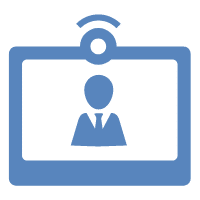
This is the second edition of the CEO’s Corner in the Moterum Newsletter. My goal is to each month touch base on the myriad of changes happening within reimbursement, regulation, and delivery of healthcare. One area where change is happening at lightning speed is in Digital Health. This month, I want to talk about the changing landscape of reimbursement for digital health technology and treatments.


- CPT code 99453: “Remote monitoring of physiologic parameter(s) (eg, weight, blood pressure, pulse oximetry, respiratory flow rate), initial; set-up and patient education on use of equipment.”
- CPT code 99454: “Remote monitoring of physiologic parameter(s) (eg, weight, blood pressure, pulse oximetry, respiratory flow rate), initial; device(s) supply with daily recording(s) or programmed alert(s) transmission, each 30 days.”
- CPT code 99457: “Remote physiologic monitoring treatment management services, 20 minutes or more of clinical staff/physician/other qualified healthcare professional time in a calendar month requiring interactive communication with the patient/caregiver during the month.”



While reimbursement is becoming a reality in the digital medicine space, there is still a long way to go to fully reimburse these technologies. It is expected that new payment structures and new technologies in the digital health space will be one of the areas of healthcare that will continue to change in the future. While digital health is the future, the reimbursement paradigms need to catch up.
In closing, on behalf of the Moterum Team, I wish everyone a Wonderful Holiday Season, and a very healthy 2020!
David
